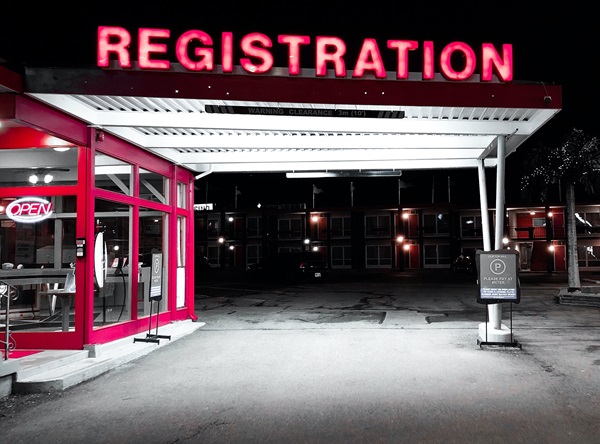When a church hosts an event, let’s say a fall festival, churchwide communication needs to focus on two goals: Let people know about it and get people to register for it.
As surprising as it sounds, those two goals can sometimes be at odds with one another. When you want to grow your registration numbers, you need more than an online form. You need to structure your communication so that it leads to event registration rather than simply getting out vital information.
Here’s how to make that happen.
Put the registration up top
If you want people to register for an event, not just learn about it, get that specific information as high as possible.
If it is an email, your first goal is to get people to open it. You could use a subject line such as “Registration required: Join us for fun at the farm.” Then, in the body of the email, the first sentence might read, “Register now for a day of fun for the whole family!”
Link to registration everywhere
When it comes to your digital communications, include links to your registration everywhere that makes sense. Whenever the event name is used, it should include a link. Whenever you use the word “register,” it should include a link. In the middle and at the end, include a button that clearly stands out and reads “Register” or “Sign up now” that links to the registration page.
Like what you're reading and the tools we provide?
Keep it brief
If your primary goal is to get people to register, don’t devote 1,000 words outlining the speaker’s extensive resume. Registration communication should have the most exciting pieces of information — with links to find out more details.
Once you’ve finished your communication piece, look it over and try to take out about 10%. Only the most exciting pieces get to stay; the rest is focused on getting people to register.
Offer a time-limited discount or gift
People love to save money or get things for free. As it relates to your event, determine if or how you can make that happen. Make sure that any gifts/discounts are time-limited so that people get a sense of urgency to not miss out on your special offer.
Use positive and appropriate images
Though you don’t want to be insensitive, make sure your images are generally positive. Even if your event is dealing with a serious or sensitive topic, use images that are generally positive. Negative imagery drives people away from wanting to engage.
You don’t want to be insensitive, but it may help if you imagine depicting the desired outcome rather than the difficult situation.
While information is always important, making sure that you key in on registration can be the difference between having a good crowd for your event or feeling like it’s empty.

Jeremy Steele is a writer, conspirator and spiritual entrepreneur who refuses to give up on Christianity. He spends his time resourcing the dreams of the next generation and helping it discover paths to spiritual enlightenment and connection with God. He lives in Arlington, Virginia, and is associate pastor at Chesterbrook UMC. Find more about him and his work at Jeremy-Steele.com.

